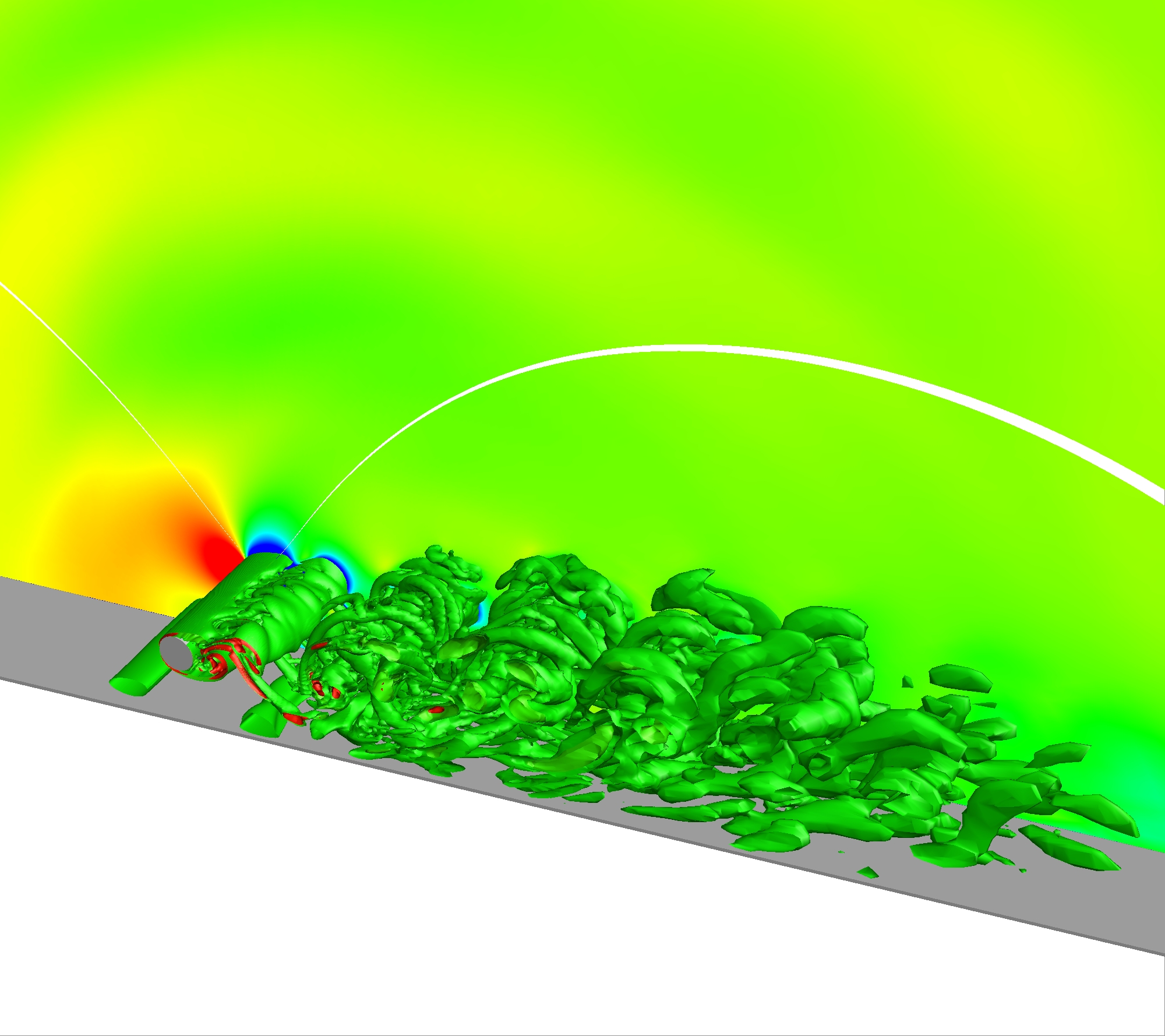Treatments for many illnesses have undesirable side-effects and very little of the therapeutic agent may reach the tissues of interest. Methods of targeted drug delivery aim to improve the efficacy of treatment by concentrating the medicine in a region, with the potential to significantly reduce negative side-effects and the need for extended periods of therapy. These novel drug delivery techniques also allow treatment of areas which are traditionally difficult to reach, benefit from being minimally-invasive, and offer the possibility of repurposing existing drugs. The method of interest in this study uses ultrasound radiation to track, induce oscillation, and cavitate drug-carrying micro- or nano-bubbles when in proximity to the target area. Bubbles are introduced to the body intravenously or intra-arterially. During oscillation, drug particles are shed whilst microstreaming occurs in the surrounding fluid. Cavitation is a violent collapse, resulting in rising fluid temperatures, and the creation of a high-speed fluid jet and shockwave. These phenomena may beneficially destroy tissue and increase uptake of the drug, or unintentionally cause necrosis. A greater understanding of cavitation effects on bio-materials is required to improve controllability of the technique. This project will model the damage and disruption to biological tissue due to a fluid jet, and analyse the two-way fluid-structure interaction between the fluid and a membrane in proximity to the recently-collapsed bubble.
This work is being conducted by Sarah.

